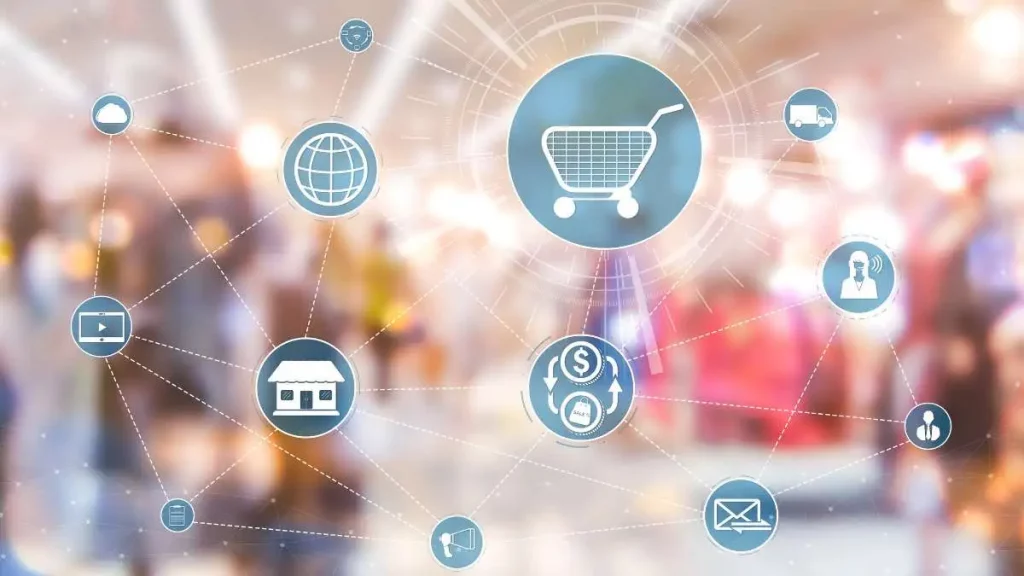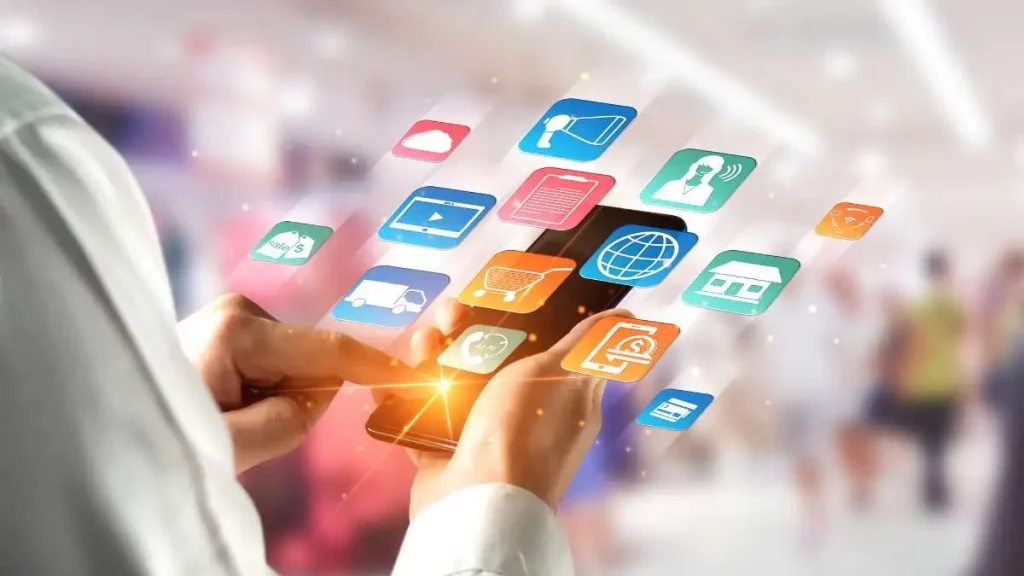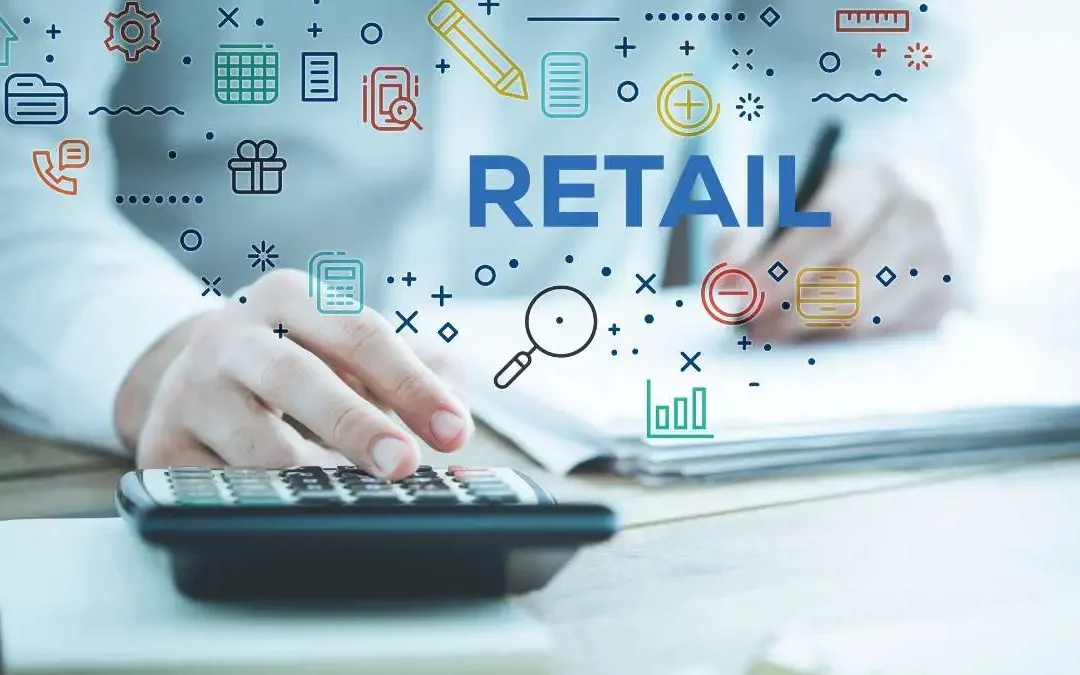Retail chatbots are emerging as key tools for creating personalized and seamless interactions, even within physical stores. In the retail world, offering a personalized customer experience has become essential to differentiate yourself from the competition and increase loyalty. According to Salesforce research, 80% of consumers say the experience offered by a company is as important as its products or services.
With chatbots, retailers can collect real-time data, offer tailored recommendations, and support customers throughout the purchasing journey, increasing engagement and sales.
Updated on July 10th 2025
Estimated reading time: 4 minutes
Table of contents
What are retail chatbots?
Retail chatbots are virtual assistants designed to operate in the retail sector, both online and in physical stores. These AI-powered tools automate customer service, provide product information, suggest personalized purchases, and manage reservations or orders.
Thanks to conversational technologies, chatbots can understand natural language and interact with customers through digital touchpoints, interactive kiosks, mobile apps, or even in-store voice devices.
AI in Retail

The retail sector is undergoing a profound transformation, driven by evolving consumer behavior and the growing adoption of innovative technologies. According to the Digital Innovation Observatory in Retail at the Polytechnic University of Milan, the average share of digital investments in Italian retailers’ revenues will stand at 3.2% in 2024, confirming a growing trend compared to previous years. The most widely adopted technologies include business intelligence tools, customer data platforms, in-store experience apps, and intelligent supply chain management solutions. Artificial intelligence (AI) in particular is playing an increasingly central role: 61% of retailers use generative AI to improve productivity, while 67% integrate traditional AI into business processes. The most widespread applications include conversational chatbots (75%), predictive analytics (58%), and process orchestration systems (42%). Furthermore, retail media is gaining ground, a market worth approximately €400 million in Italy that enables the creation of advertising campaigns based on retailers’ proprietary data. However, challenges abound: the difficulty in integrating data from different sources, the lack of digital skills, and the need to ensure the ethical and secure use of information still represent significant obstacles to the full digitalization of the sector.
Use cases: How retail chatbots personalize the in-store experience
Real-time personalized assistance
Chatbots can provide product information, style recommendations, or pairings based on customer preferences, improving the shopping experience and reducing time spent searching.
Reservation and appointment management
In the fashion, electronics, or cosmetics industries, chatbots allow customers to book appointments with personal shoppers or consultants directly in-store or before their visit.
Loyalty programs and personalized offers
Chatbots can recognize repeat customers and offer tailored promotions, loyalty rewards, or recommendations based on previous purchases, increasing retention.
Customer feedback and surveys
Upon exiting the store, chatbots can collect immediate feedback on customer satisfaction, allowing retailers to continuously improve their services.
How to implement a retail chatbot In-store

Steps to implement a retail chatbot in your store.
- Define objectives
Identify which aspects of the in-store experience you want to improve: customer service, sales, loyalty, or queue management.
- Choose the right technology
There are no-code solutions for creating retail chatbots without technical skills, or advanced platforms with conversational AI capabilities and CRM integration.
- Design personalized conversations
It’s important to create simple, intuitive dialogues that are relevant to the customer’s needs. The experience must be consistent with the brand’s tone.
- Integrate the chatbot into physical and digital touchpoints
It can be placed on tablets at strategic points in the store, integrated into the mobile app, or accessed via QR codes.
- Monitor and optimize
Analyze interactions and feedback to improve the chatbot’s performance over time, offering increasingly tailored experiences.
Conclusions
Retail chatbots represent a strategic lever for the future of physical stores, capable of enriching the customer experience with a personalized and digital approach. In an era where people want to be recognized and understood, the intelligent use of conversational AI in stores can make the difference between a one-time purchase and a loyal customer.
Faqs about Retail Chatbots
The benefits include real-time assistance, personalized offers, reservation management, feedback gathering, and increased loyalty.
Yes, by providing targeted suggestions and personalized promotions, chatbots can encourage purchases and improve the customer experience.
It can be used on digital kiosks, interactive totems, mobile apps, or QR codes strategically placed throughout the store.
Updated on July 10th 2025

